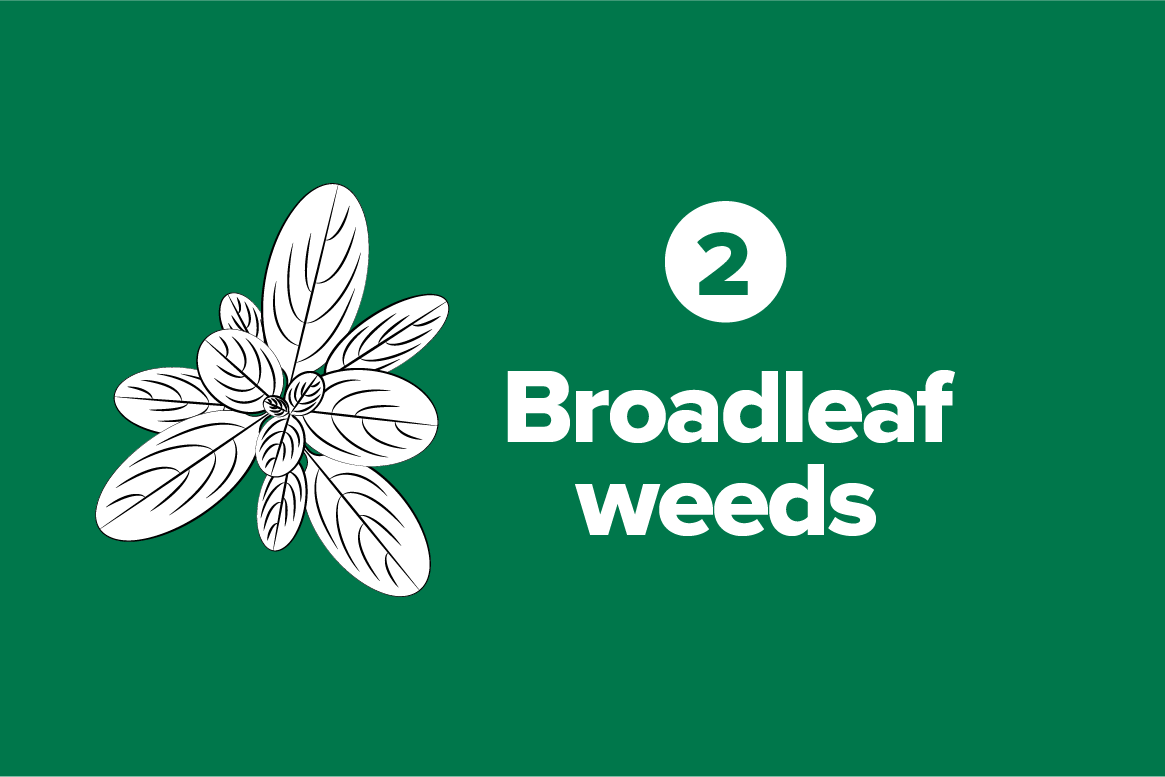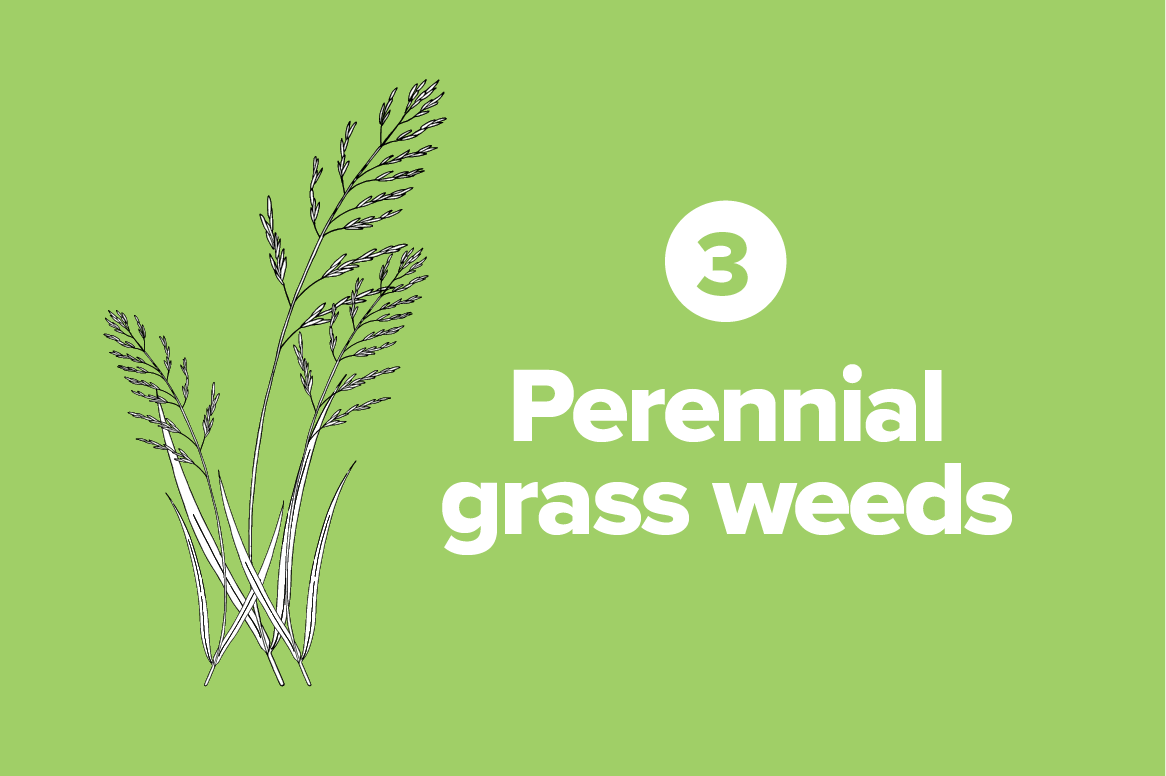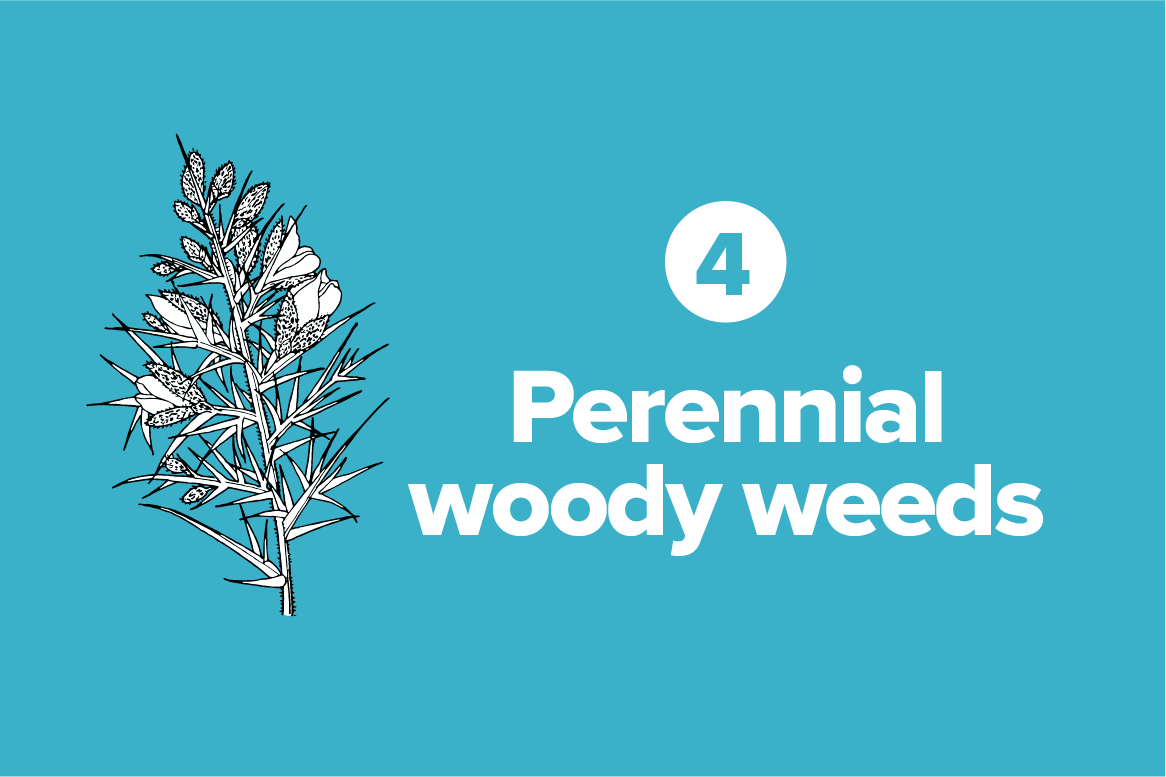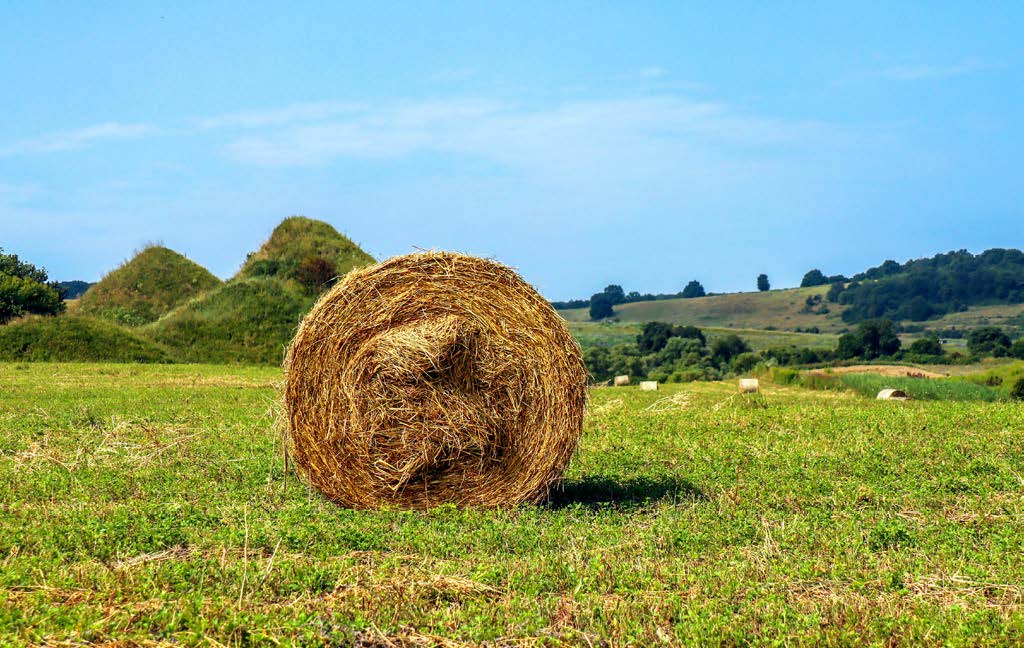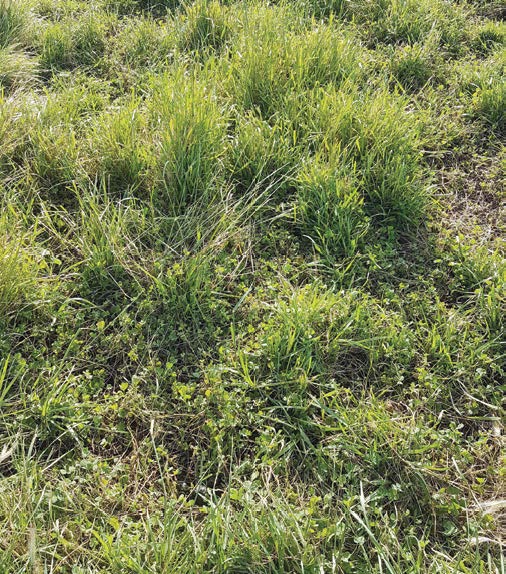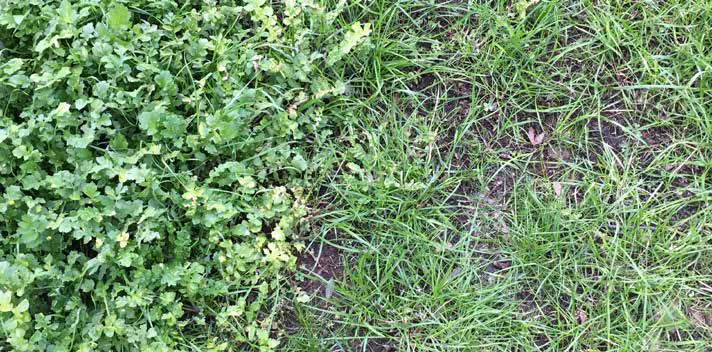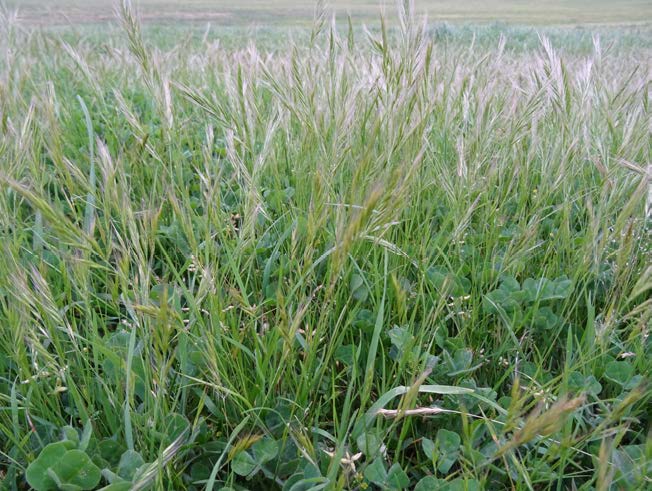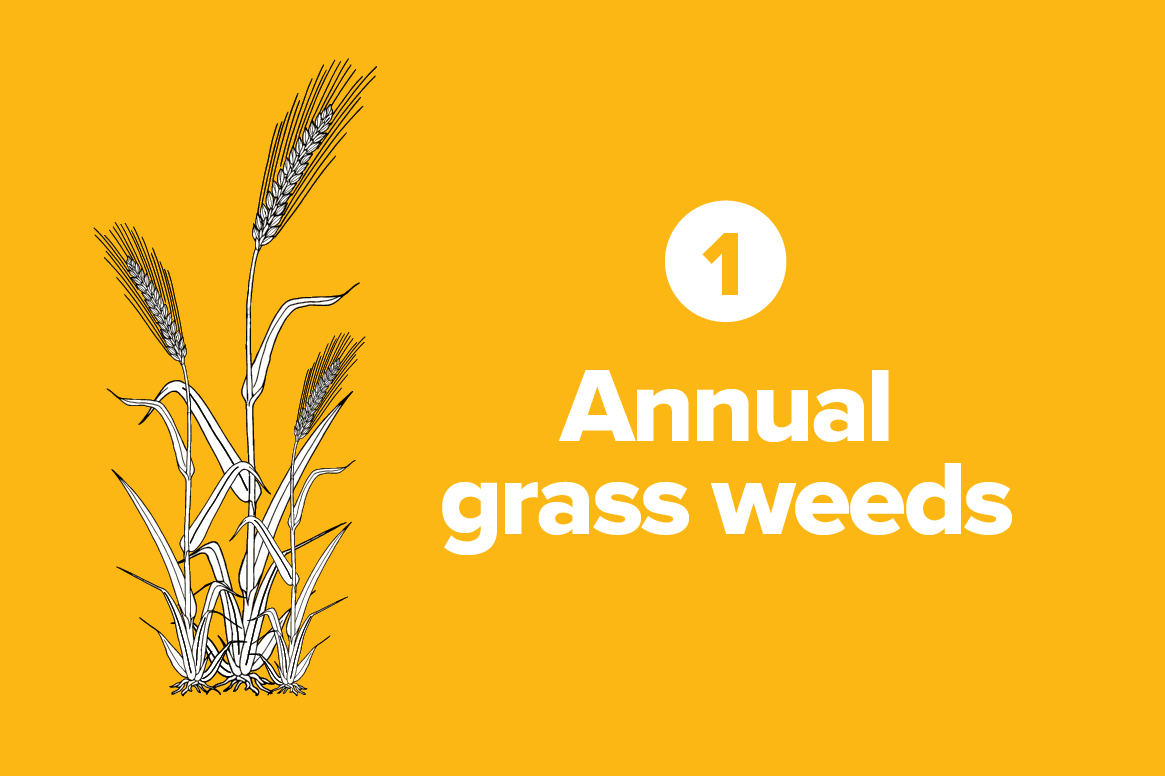
Weed control hub


Weeds are estimated to cost Australian livestock industries $3 billion per annum in control costs and lost production.
Reducing competition from weeds is essential for pasture and crop establishment and persistence. Reducing the weed population and residual seed banks in the soil through a planned control program prior to sowing, and ongoing attention to paddock composition with tactical use of grazing, fertiliser and chemicals, is all key to success.
What constitutes a weed?
Pasture weeds are not always easily determined, as most weedy species have some feed value at some point in their life cycle. The status of a plant depends on the time of year, its location, the livestock enterprise and management objectives.
Weed impact varies according to season, climate, soil type and, most importantly, the management of the pasture.
Undesirable or ’weedy’ species in pastures generally fall into one of the following four categories:
Weed management
Producers across Australia are benefiting from weed control through reduced crop and pasture establishment and maintenance costs, higher carrying capacity, nutritious feeds and higher livestock returns.
|
The following six principles provide the basis for an effective weed control plan: |
Awareness
Being aware of existing and potential weed problems and conducting regular assessment of pasture helps to keep on top of weeds. States have specific legislation governing priority and notifiable weeds.
Agriculture Victoria - Weeds
Primary Industries and Regions SA - Weeds in SA
Department of Primary Industries and Regional Development - Weeds
Department of Primary Industries - NSW WeedWise
Department of Agriculture and Fisheries - Invasive plants (weeds)
NT Government - Weeds
Detection
Look out for new weed infestations before they become too large and difficult to contain.
Bare or sparse ground and weak remaining perennial plants allow weeds to get ahead quickly. Many weeds have seeds that last in the soil for several years, so be particularly wary when conditions result in extensive areas of bare ground, such as after a drought.
Prioritise weeds and paddocks for control. Priority should be given to paddocks with the most aggressive or troublesome weed burden and those with the potential to respond rapidly to management input.
The following tools can be used to assess pasture composition and determine priority management areas:
Pasture health kit
Use this manual to assess pastures using visual indicators and metrics.
Pasture paramedic
Use this in-paddock tool to identify weeds and assess pasture condition in high rainfall zones of southern Australia.
Planning
A successful weed management plan considers an integrated approach to weed management, including:
- prevention of weeds coming onto the property in bought-in feed or on machinery
- removal of the weeds or reduced weed seed set
- restriction of weed germination
- encouragement of competition from desirable species.
Planning and implementing an effective weed control and pasture improvement program are based on the '3Ds' of weed management:
Understanding a weed’s lifecycle and characteristics is important for the development of an appropriate management strategy.
Effective lasting control will only be achieved by developing an integrated, well planned approach using a combination pasture improvers and weed removers.
Weed fast facts

Weed fast facts is an information guide on 15 different common pasture weeds to support management decisions. The purpose of Weed fast facts is to:
- help you understand how weeds grow
- identify the problems weeds cause
- outline weeds’ benefits in terms of their contribution to feed available for grazing
- provide facts on interventions and when tactics should be implemented.
Find out more about managing these common weeds:
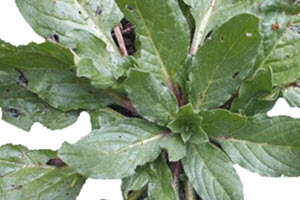
More information on weeds found in northern Australia:
Prevention
Preventing new weed infestations and containing the spread of existing weeds will make control easier. This means:
- Use opportunities at the start of the growing season to attack weeds before they become well established. Keep an eye on bare patches following harsh conditions.
- Minimise unwanted seed that comes on to farm by checking fodder and cleaning machinery.
- If animals graze a paddock where weeds are seeding, seeds may attach to the wool or skin and be ingested, remaining in an animal's digestive system for up to five days. After grazing such a paddock, place stock into a holding paddock where they can empty out for several days prior to being moved onto better pastures.
Farm Biosecurity Toolkit
Use the Farm Biosecuirity Toolkit for more tips and tools to prevent the spread of weeds.
Intervention
The aim of weed control is to reduce the weed seed load in the soil seed bank to remove the threat of weeds germinating and challenging the new pasture.
Early intervention is key. Weed control should commence well before a new pasture is sown, generally several years. The start of the growing season provides the opportunity for long-term gains if you are able to control weed gemination and establishment.
There are a number of control options available, and different strategies will be suitable for different weeds at different stages.
Control options
Cropping
A cropping program can be useful in reducing weed populations. This allows grasses to be controlled within a broadleaf cropping phase and broadleaf weeds to be controlled in a cereal phase. Several years of cropping with a broadleaf and grass-based crop rotation can be very effective in controlling weeds.
Fodder conservation
Fodder conservation is an option for cleaning up weedy paddocks and preventing a build up of the weed seedbank with reduced reliance on herbicides. It also offers benefits in terms of added pasture utilisation.
By cutting hay or silage at the right time, you can seasonally remove seeds before they drop and prevent further seed growth.
Read more about considerations for fodder conservation as a weed management tactic, including a comparison between hay and silage options.
More information:
Herbicides
Broadleaf weeds or grasses can be controlled using a specifically targeted herbicide for a single species or a knock-down herbicide for general control. A range of additives that improve the effectiveness or aid the uptake of herbicides are also available. Specialist advice from an agronomist or consultant should be sought when deciding upon the best control option for a particular situation.
More information:
Winter cleaning
Winter cleaning is a herbicide application technique to remove or ‘clean’ annual grasses from established mixed grass/sub-clover pastures.
More information:
Spray-topping
Spray-topping uses a sublethal dose of herbicide to sterilise seed while it is being formed to help to lower the annual grass seedbank. Disrupting a plant’s ability to set viable seed dramatically reduces seed carryover and competition with perennial grasses and sub-clovers.
More information:
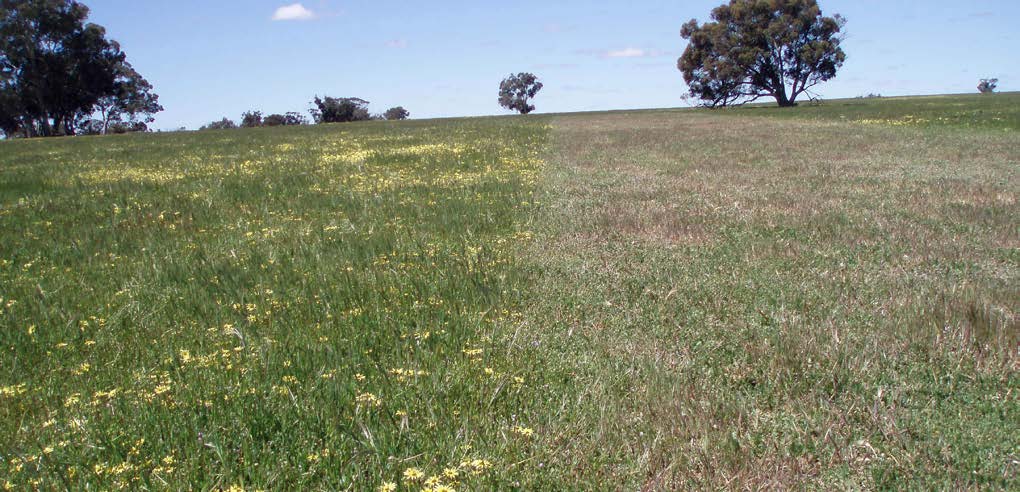
Watch this video to find out how to remove troublesome annual weeds from pastures.
Learn critical factors to get right to improve perennial grass and clover content, and extend the productive life of sown pastures.
Grazing and spray-grazing
Strategic grazing can also be used as an effective weed control method. Spray-grazing is an example of a grazing strategy used to control weeds. When implementing this strategy however, grazing withholding periods must be considered.
Pasture weeds and desirable species are both susceptible to grazing at establishment and reproduction. Managing when, how hard and how long livestock graze on pastures will influence how well desirable species compete with undesirable plants or weeds.
More information:
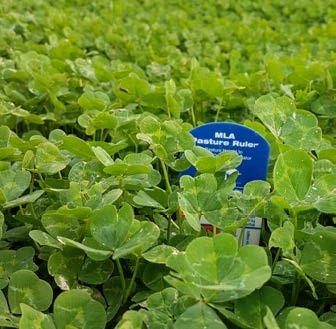
Persistent Pastures Hub
Check out the persistent pastures hub for practical tips and tools on pasture and grazing management.
Watch this video to find out how to make spray-grazing an effective tactic for removing capeweed from mixed pastures.
Biological control
Used as an alternative to chemical and physical options, biological control (also called biocontrol) is the use of living organisms to control unwanted plants without harming other species.
Biological controls for weed management include specialised fungi, insects and mites. These work by inhibiting the growth of the target weed to slow the rate and scale of invasion.
To help monitor and assess the impact of biocontrol methods, a public and communal database has been established. Users can access best practice guides and contribute information directly to the Australian Biocontrol Hub.
Other methods
Woody weeds crowd out pastures by competing for nutrients, water and sunlight. Woody weeds are typically difficult to control and often require a combination of herbicide, mechanical and grazing techniques. Goats can be useful to control some woody weeds in certain circumstances.
Find out how diversifying into goats has helped producers, Bill and Jacqui Perrottet manage weeds on their NSW property.
In many cases weeds are a symptom of an imbalance in other management practices. Effective weed control includes pasture and livestock management, minimising bare areas and encouraging competition from desirable species.
Successful weed control is not achieved by simply spraying in one year but is reflected in the complete cessation of seeding and the removal of sources of more seed.
Monitor
Monitoring is a critical component in weed management.
An annual assessment of botanical composition will assist producers in detecting changes in pasture composition and signs of decline. A paddock management diary, noting timing and effectiveness of actions, will help producers identify any reasons for change in pasture composition and take early intervention steps to address these.
Producers should always be aware of how effective their weed control measures are and be flexible to adapting these as conditions or results change in the future.

